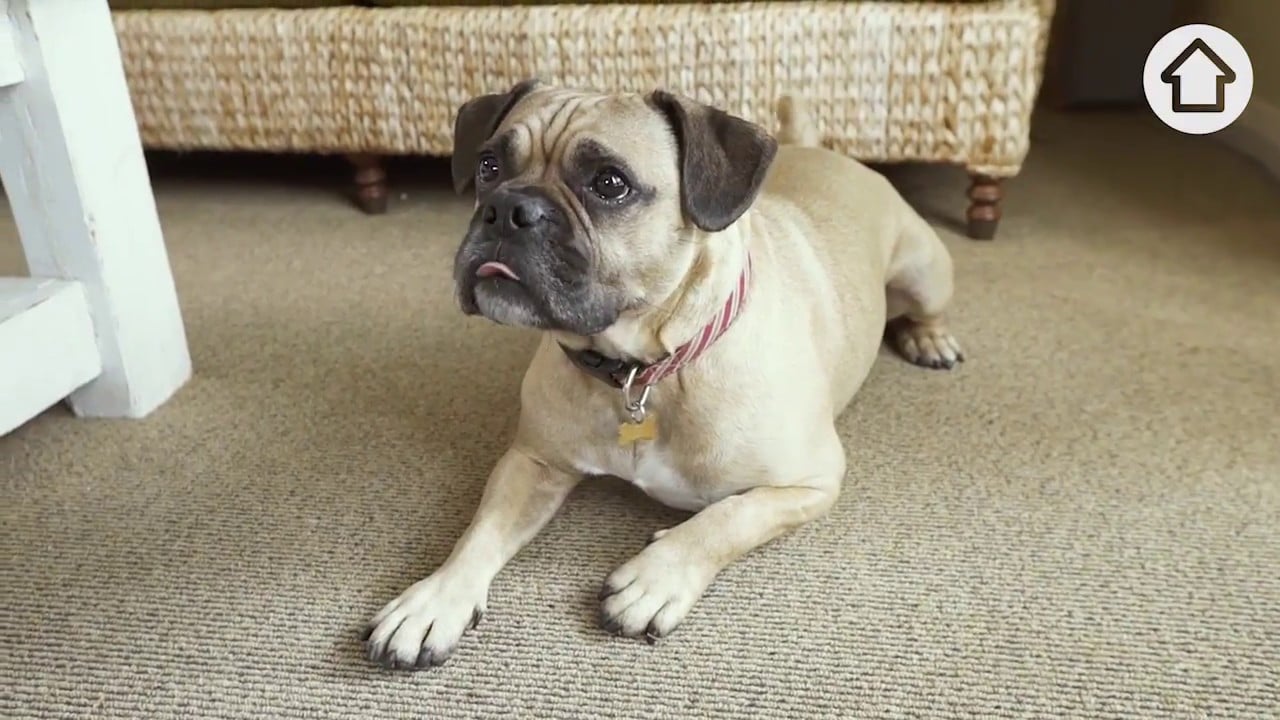How to reduce the risk of losing your dog – prevention can reduce lots of anguish and worry.
Losing a dog that goes missing, no matter how long, certainly makes you more attentive, more cautious about your surroundings, and take fewer risks regarding your safety. During my dog walking sessions, I often come across a dog that appears to be lost or separated from its owner. If they had followed some of these simple steps to safeguard their dog, they wouldn’t have been in a panic and stressed about their pet’s whereabouts.
Be aware – dog loss can happen in a number of ways
There are many reasons why a dog will go missing; they can be a known sprinter who will use any opportunity to escape and run; attacked by another dog; a gate being left open; thunder and lightning or fireworks; unexpected events, visitors to the home and of course, theft.
You can take many preventative measures to minimise the risk of losing your beloved pet, so take some of these actions and protect your dog.
ID Tagging
An ID tag that fixes onto his collar is a cheap and easy method of identification should he become lost away from home, and it is also the law for your dog to be tagged both at home in case it escapes and when out on walks. Compulsory microchips are also a permanent way to identify your dog. In the UK, since April 2016, all dogs must have their details registered on an authorised database and be fitted with a microchip. Many organisations, such as the Dogs Trust, offer free or subsidised microchipping. However, you still need a dog tag
For pet owners who like to use technology, you can purchase a GPS collar with a tracker device installed to track and locate using your mobile phone, so you always know your dog’s whereabouts.
DogTrac provides collars ID tags and a scanning service to locate your missing pets. More info here – https://www.dogtrac.com/scanangelsearch
Security at home can also prevent the risk of dog lost
Check your home and garden, and carry out a risk assessment to see if your dog can escape from your property, given the opportunity. Check that your boundary fences are solid and secure, with good gates with a secure closing system.
Get your dog neutered or spayed.
Dogs have an instinct to roam and mate by neutering or spaying pets. You will eliminate this desire, making it easier for them to keep safe and content at home.
Don’t leave your dog in your car.
Apart from the safety aspects of your dog’s health, if left inside your car, a thief will see this as an opportunity to smash the lock and steal your pet. Don’t tie up your dog outside if you go to the grocery store, as this is an open invitation to any opportunist passing thief.
Take plenty of photographs of your dog.
Many people have only one or two pictures of their favourite pets, but if a dog goes missing, there is nothing as good as a decent photograph of your dog to aid in the search. You can print onto posters and share your lost pet’s photos on social media to get the word spread quickly among friends and neighbours.
Prevention is the key to keeping your dog safe.
When your dog is with Finchley Dog Walker, we always ensure they have a name tag, and that contact can be easily made.
Below are some related posts we think you may be interested in

